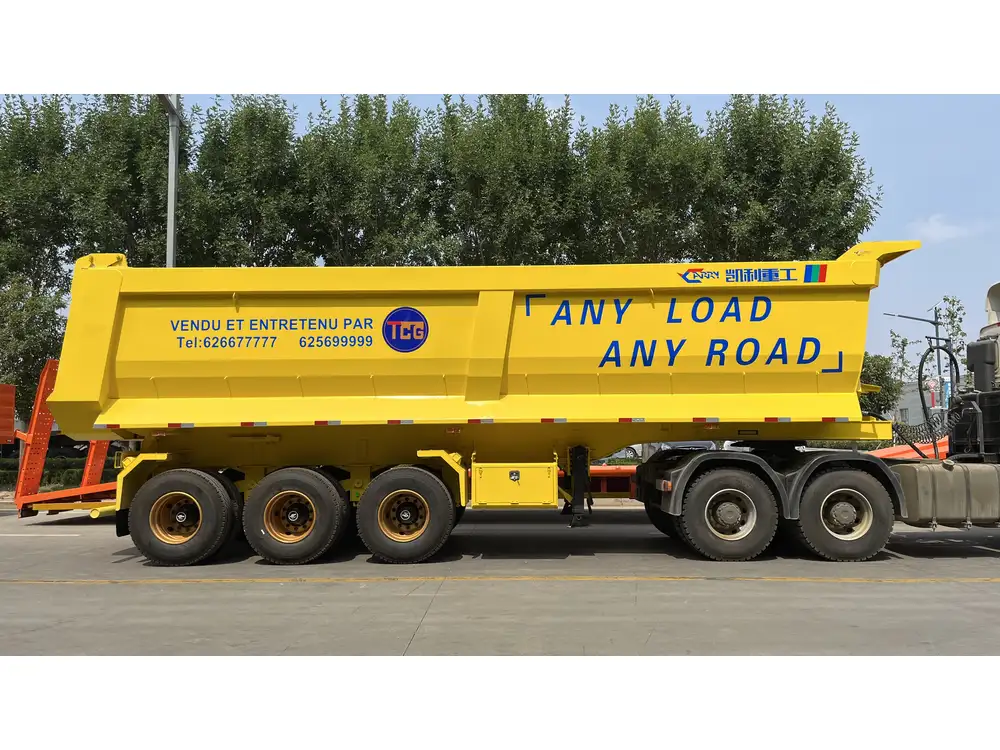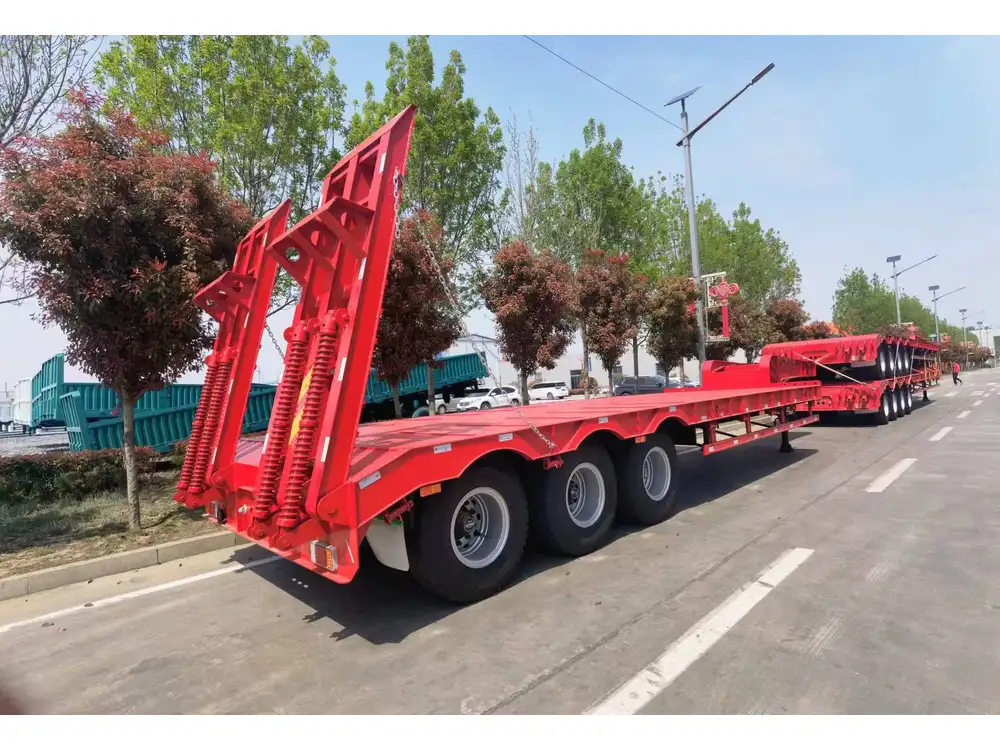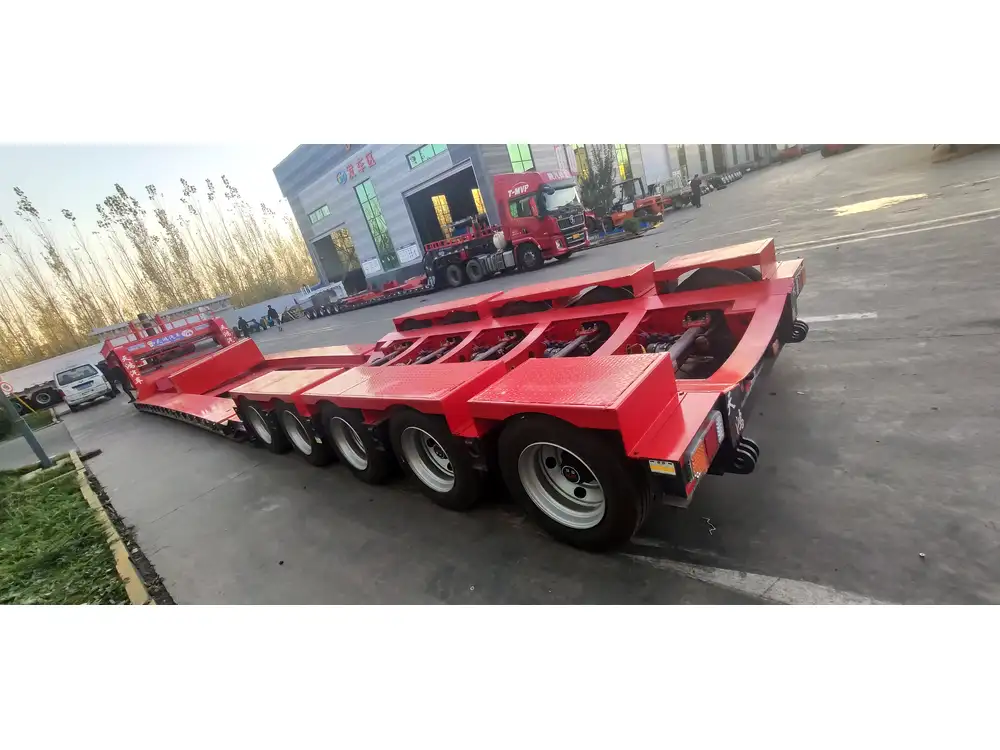When it comes to maintaining a dump trailer, one of the vital processes that ensure optimal performance is bleeding the hydraulic cylinder. A well-functioning hydraulic system is essential for the reliable operation of your dump trailer, allowing for effective lifting and lowering of loads. By following the correct procedures for bleeding the hydraulic cylinders, we can eliminate air trapped in the system, preventing unnecessary wear and tear, enhancing lift power, and ensuring safety during operation. This comprehensive guide provides step-by-step instructions on how to bleed a hydraulic cylinder on a dump trailer effectively.
Understanding Hydraulic Systems in Dump Trailers
Components of a Hydraulic System
A typical hydraulic system in a dump trailer comprises several key components:
| Component | Description |
|---|---|
| Hydraulic Cylinder | Transforms hydraulic energy into mechanical work. |
| Hydraulic Pump | Pressurizes the hydraulic fluid. |
| Hydraulic Fluid | Transmits force throughout the system. |
| Hoses and Fittings | Connect various components and contain fluid. |
| Control Valve | Directs the flow of hydraulic fluid to the cylinder. |
By understanding these components, operators can better appreciate how to maintain the hydraulic systems effectively.

Why Bleeding is Necessary
Air bubbles in the hydraulic system can cause inefficient operation, leading to jerky movements or a complete failure to lift or lower loads. Common signs of air in your hydraulic cylinder include:
- Erratic movement or lagging response when activating the control valve.
- Inconsistent lifting power and weight handling.
- Unusual sounds such as grinding or whining during operation.
Safety Precautions
Before performing any maintenance on a hydraulic system, it’s essential to adhere to safety protocols:
- Wear Safety Gear: Always use gloves and goggles.
- Relieve Pressure: Before beginning, ensure the system is depressurized to prevent injuries.
- Secure the Trailer: Use chocks or other means to secure the trailer.
Step-by-Step Process to Bleed a Hydraulic Cylinder

Tools Needed
- A bucket or container for excess hydraulic fluid.
- Towels or rags to clean up spills.
- A wrench set for loosening fittings.
- A pry bar or similar tool to assist with movement if necessary.
Step 1: Prepare for Maintenance
- Park the Dump Trailer: Find a level surface and park the trailer, ensuring stability.
- Release the Hydraulic Pressure: Open the drain valve at the lowest point of the hydraulic system or use the control valve to exhaust any residual fluid.
Step 2: Locate the Bleed Valve
Most hydraulic cylinders include a bleed valve, typically located near the top of the cylinder. If you’re uncertain about its location, consult your trailer’s manual.

Step 3: Attach the Container
Position your bucket or container beneath the bleed valve to catch any hydraulic fluid that may escape. This will help maintain cleanliness and prevent spills.
Step 4: Open the Bleed Valve
- Using the appropriate wrench, carefully loosen the bleed valve.
- Air Escapes: You may hear a hissing sound as air is expelled. This is the air escaping from the cylinder.
Step 5: Activate the Hydraulic System
- Raise and Lower the Load: Gradually activate the trailer’s hydraulic lift. This action will help force any trapped air out through the bleed valve.
- Observe Fluid Flow: Watch the fluid escaping through the bleed valve. Initially, it may spurt out with bubbles, indicating trapped air. As the bleeding process continues, the fluid should run out smoothly without bubbles.

Step 6: Close the Bleed Valve
Once the fluid runs continuously without bubbles, tighten the bleed valve securely.
Step 7: Check Fluid Level
- Inspect Hydraulic Fluid Reserves: Before operating the trailer, check the hydraulic fluid reservoir’s level.
- Add Fluid if Necessary: If the fluid level has dropped due to bleeding, add the appropriate hydraulic fluid to restore it to the recommended level as specified on the trailer manufacturer’s guidelines.
Step 8: Test the System
With everything secured:
- Start the hydraulic system and test the controls.
- Lower and raise the dump bed several times to ensure the system operates smoothly and efficiently.

Step 9: Perform Regular Maintenance
After bleeding the cylinder, keep an eye on the hydraulic fluid levels and inspect for leaks regularly. Maintaining the system will significantly improve its longevity and reliability.
Troubleshooting Hydraulic Cylinder Issues
Even with regular bleeding, issues may arise in hydraulic systems. Here are common problems and solutions:
| Issue | Possible Cause | Solution |
|---|---|---|
| Jerky or erratic movement | Air still trapped in the system | Repeat the bleeding process. |
| Cylinder not moving at all | Low hydraulic fluid level | Refill fluid and check for leaks. |
| Hydraulic fluid leaking | Worn or damaged seals | Replace seals and inspect hoses. |
| Excessive noise during operation | Low fluid or cavitation | Check fluid level and ensure proper bleeding. |
Frequently Asked Questions (FAQs)

How Often Should I Bleed My Hydraulic Cylinders?
Generally, hydraulic cylinders should be bled when you notice signs of air in the system or as part of routine maintenance checks. It’s advisable to inspect it at least once every three months, or more frequently if the trailer is used regularly under heavy loads.
What Type of Hydraulic Fluid Should I Use?
Always refer to your dump trailer’s manual to ascertain the recommended hydraulic fluid. Common types include hydraulic oil ISO 32, 46, and 68, based on your temperature and viscosity needs.
Can I Bleed the Hydraulic Cylinder Myself?
Yes, as long as you follow safety protocols, have the necessary tools, and understand the process, you can successfully bleed the hydraulic cylinders on your dump trailer.

What Should I Do If Bleeding Doesn’t Solve the Problem?
If bleeding does not resolve operational issues, a deeper inspection may be necessary. Look for signs of wear on the seals, check hoses for leaks, and assess the hydraulic pump’s performance.
Conclusion
Properly bleeding a hydraulic cylinder on a dump trailer is an essential maintenance task that enhances functional reliability, prolongs equipment life, and ensures safe operation. By understanding the hydraulic system components, recognizing signs of air in the system, and following a systematic approach to bleeding, operators can maintain their dump trailers efficiently.
Taking the time to follow these guidelines will not only improve safety but will also enhance productivity in operations. Regular inspections and timely maintenance will prevent costly repairs down the line, ensuring your dump trailer continues to operate at its best.
Final Thoughts
Invest in understanding your equipment, and don’t hesitate to consult professionals if issues persist beyond bleeding the hydraulic cylinder. Ensuring your dump trailer is always in peak condition is vital to successful transportation and logistics.



